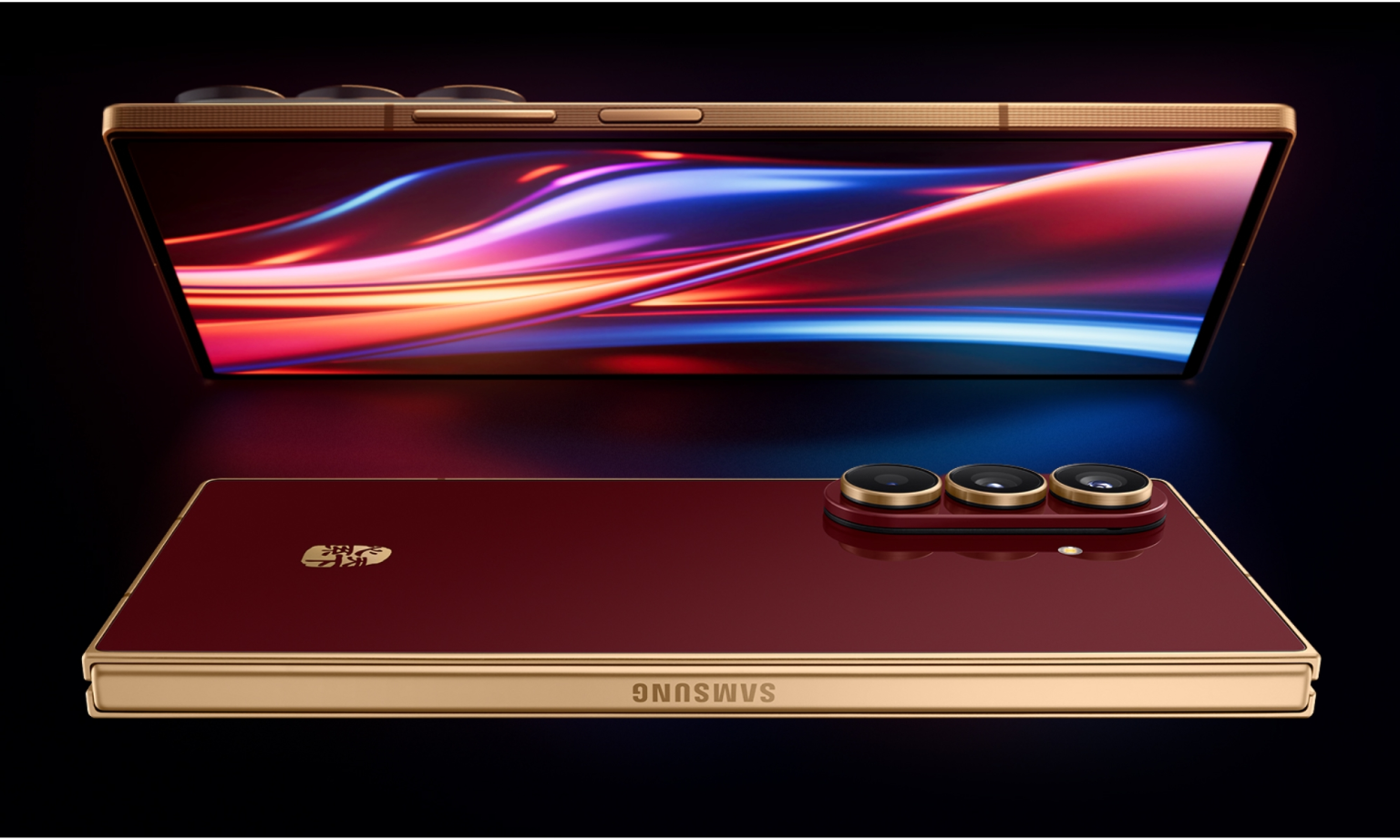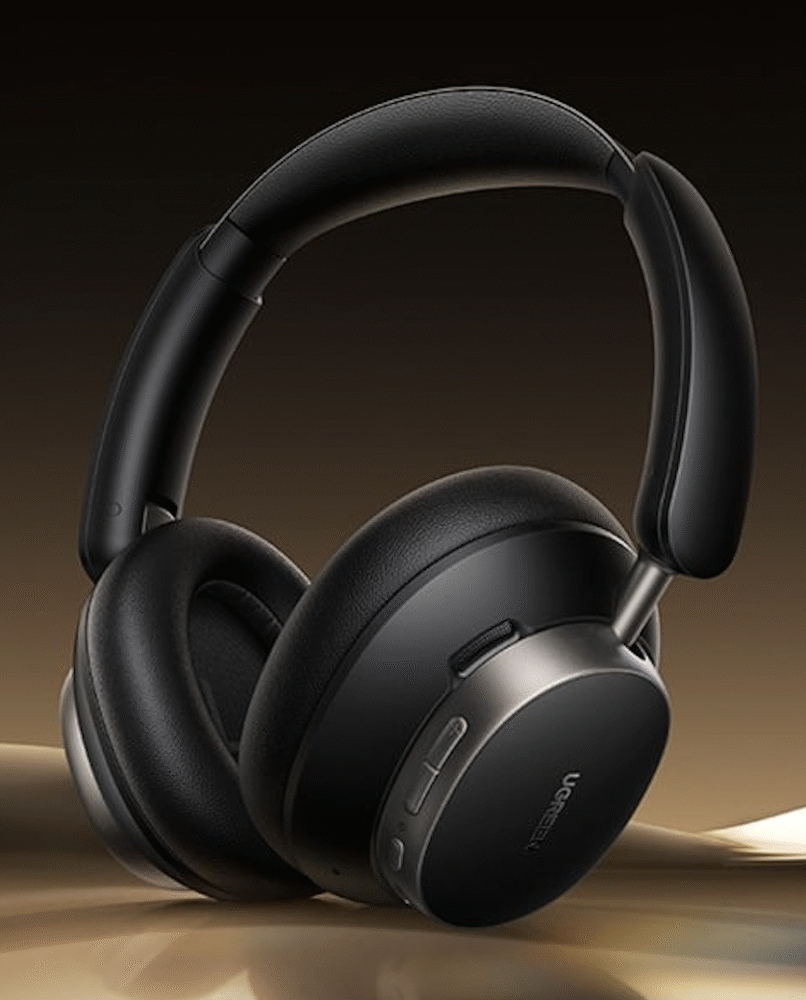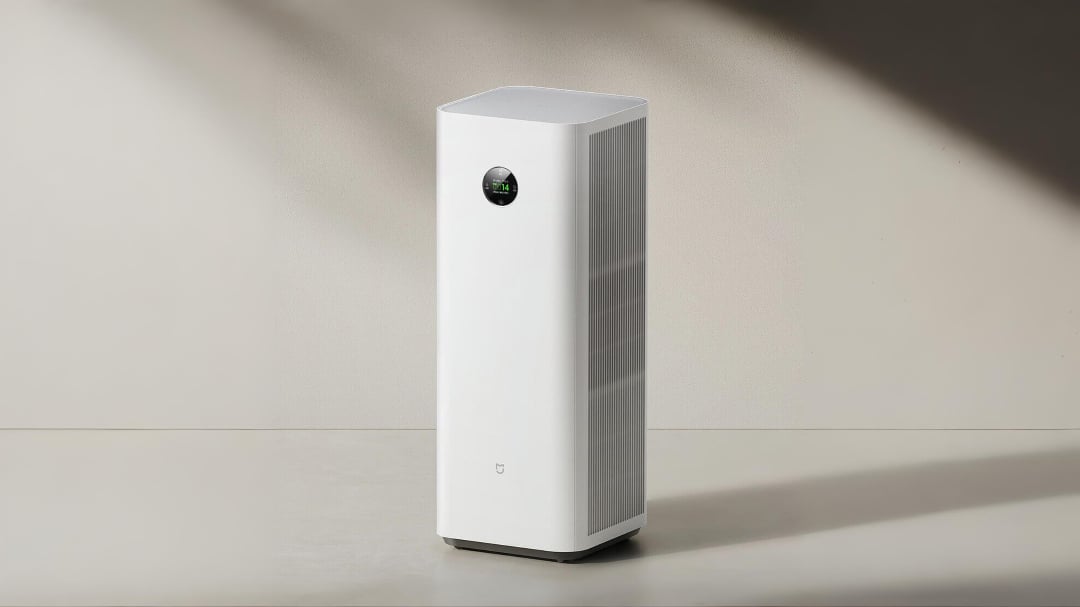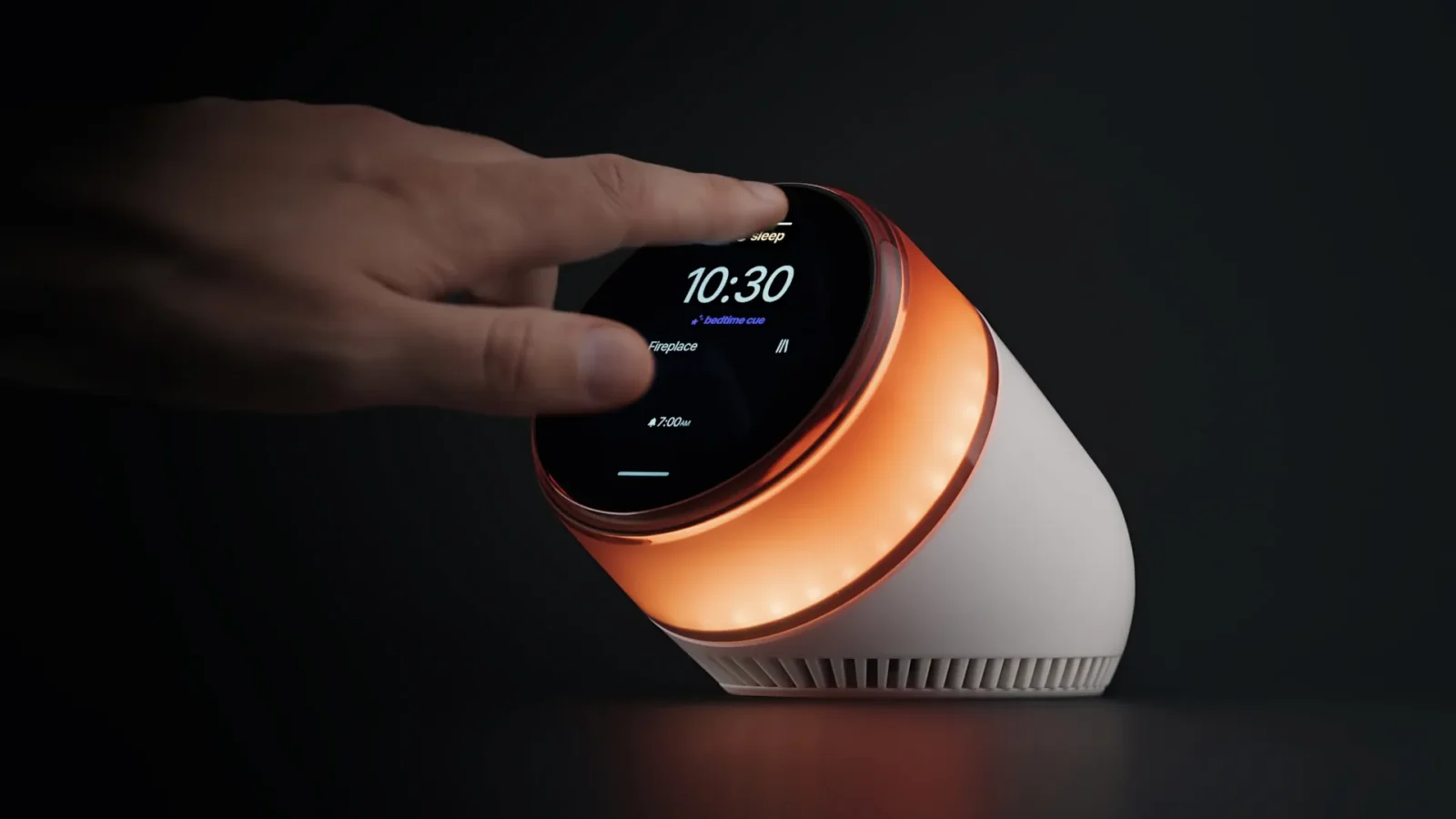Samsung has released a new version of its latest foldable phone, but it’s not coming to international markets anytime soon. The Galaxy W26, introduced exclusively in China on October 11, 2025, builds on the Galaxy Z Fold 7 but adds several region-specific upgrades that set it apart from the global model.
The most significant change is the inclusion of direct satellite connectivity through Tiantong, China’s national satellite system. Unlike the global Fold 7—which only supports satellite messaging via partnerships with carriers such as Verizon and T-Mobile in the U.S.—the W26 can make native satellite calls. This gives users access to emergency communication even in remote or rural areas where standard mobile coverage is unavailable. The feature works in coordination with China Telecom, offering nationwide satellite call and message coverage, a useful advantage in emergencies or disaster situations.
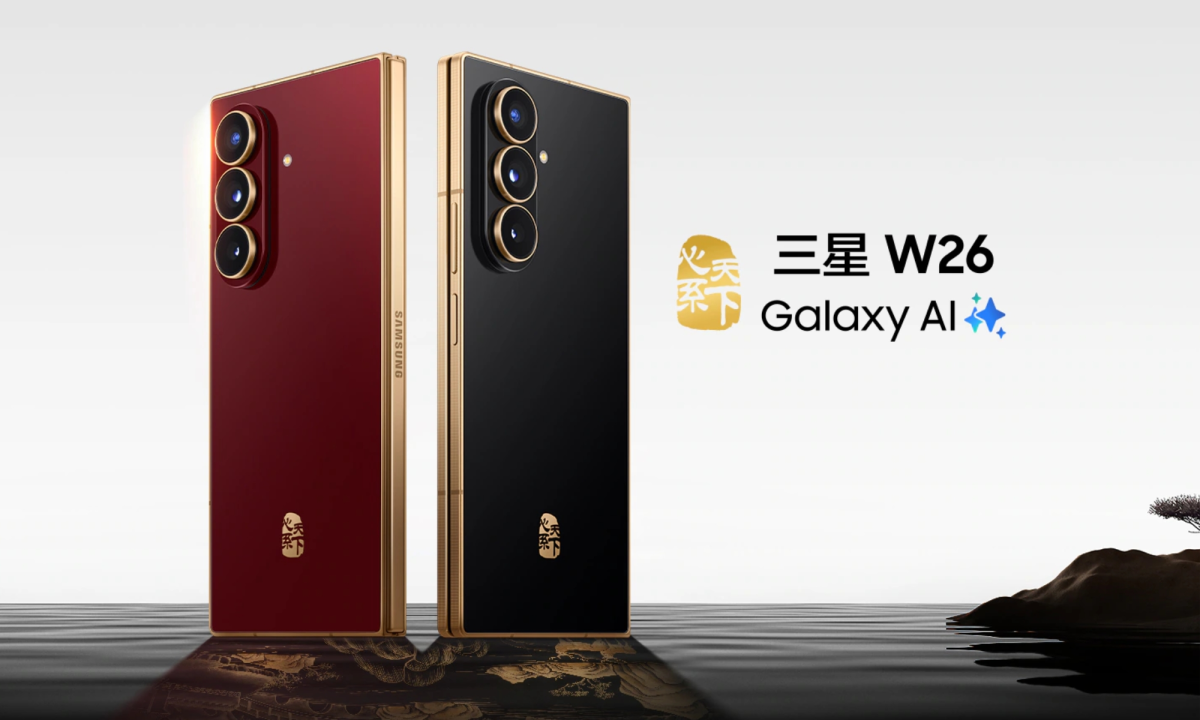
Samsung is also giving the Chinese edition more generous hardware and extras. The W26 ships with 16GB of RAM, compared to 12GB on the regular Fold 7, and includes a dual-tone Kevlar protective case and a 25W fast charger in the box—both absent from the global release. Pricing starts at CNY 16,999 (about $2,383) for the 512GB model and CNY 18,999 (around $2,663) for the 1TB variant, aligning it with the premium segment of China’s foldable market.
Beyond hardware, Samsung is using the W26 to preview new software features that could influence its future phones. The device introduces several AI-driven tools, such as Smart Collection for automatic photo organization, Smart Drag and Drop for easier content sharing across apps, and Smart Password Manager. None of these features have been rolled out to international users yet, but their debut in China suggests Samsung is using the market as a testing ground before broader adoption, possibly in next year’s Galaxy Z Fold 8 or future Galaxy S flagships.
The move reflects a broader strategy among smartphone makers to localize their high-end models, tailoring technology to regional infrastructure and regulatory frameworks. While satellite communication is still limited to niche use cases, Samsung’s deeper integration of the feature into a mainstream device signals growing industry interest. Chinese rivals such as OnePlus and Vivo are likely to follow suit, potentially accelerating the rollout of true satellite calling beyond China.
As more brands experiment with direct satellite connectivity, the feature could transition from a regional novelty into a standard component of premium smartphones worldwide—especially as networks and regulators adapt to support it.

